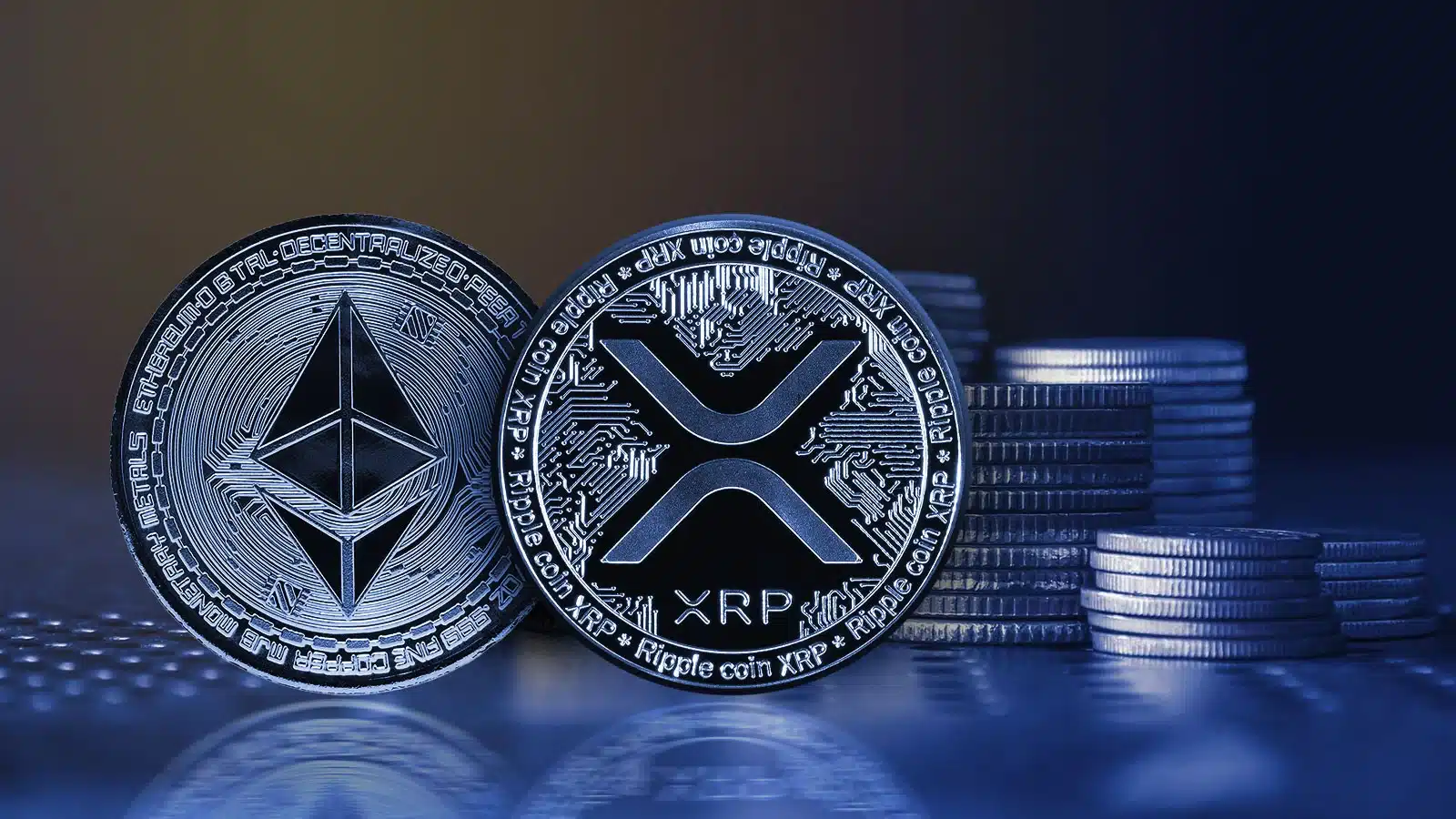- Advocates highlight fast settlement (3s), high liquidity, U.S. regulatory clarity, and built-in DEX/AMM as major threats.
- Detractors call it “banker’s coin,” arguing it’s too centralized and dependent on Ripple compared to BTC and ETH.
- Ripple’s SEC case ended, and Gemini launched an XRP credit card, boosting confidence but leaving adoption as the key test.
A viral tweet from All Things XRP (@xrp_investing) has reignited the debate over Ripple’s digital asset, XRP, and its position in the broader cryptocurrency landscape.
The post, which framed XRP as “dangerous to the status quo,” argued that the token’s speed, utility, and regulatory progress pose challenges not only to banks but also to miners, exchanges, and Bitcoin maximalists.
The Case for XRP
According to the tweet, XRP offers several competitive advantages in the digital asset space:
- Near-instant settlement times – Transactions finalize in about three seconds.
- High liquidity – The network reportedly processes more than $30 billion in real volume.
- Regulatory clarity in the U.S. – Ripple recently achieved partial legal victories that clarified XRP’s status under securities law.
- Built-in tools – XRP Ledger includes a decentralized exchange (DEX) and automated market makers (AMMs).
Supporters argue these features make XRP a practical choice for cross-border payments, liquidity solutions, and decentralized finance applications.
Also Read: XRP Poised for Major Breakout? Expert Reveals Hidden Strength Compared to BTC
XRP isn’t hated because it’s weak. It’s hated because it’s dangerous—to the status quo. 💥
It threatens miners, exchanges, banks—even BTC maxis.
🚀 3s settlements
💰 $30B+ in real volume
✅ U.S. regulatory clarity
🔥 Built-in DEX, AMMs
Call it “banker trash” all you want—XRP…
— All Things XRP (@XRP_investing) August 28, 2025
Pushback From Critics
Despite these claims, XRP has long faced skepticism in the crypto community. Critics often dismiss it as “banker’s coin” or “banker trash,” contending that its close association with Ripple Labs and its institutional focus set it apart from decentralized projects like Bitcoin and Ethereum.
Bitcoin supporters, in particular, argue that XRP compromises on decentralization, with detractors labeling it too centralized and too reliant on Ripple’s corporate influence.
Ripple’s Recent Progress
The conversation comes following various progress from Ripple, including regulatory wins and institutional adoption. 36crypto previously reported that the case between Ripple and the Securities and Exchange Commission (SEC) finally came to an end after both parties filed to dismiss their appeal and cross-appeal.
Following their filing, the United States Court of Appeals for the Second Circuit approved the stipulation, effectively bringing to a close the over four-year-long court saga. Additionally, Gemini Exchange recently launched an XRP credit card in collaboration with Ripple, offering new opportunities for XRP holders to earn rewards while spending their coins.
Customers can earn up to 4% cashback while using the card on fuel, electric vehicle charging, and rideshare purchases.
Analysts note that these updates have bolstered investor confidence and will eventually be a catalyst to move the XRP price to levels not previously reached.
Outlook
Whether XRP can live up to its supporters’ claims remains uncertain. The project’s future will likely depend on adoption by banks, fintechs, and payment providers, as well as its ability to compete in an increasingly crowded digital asset landscape.
For now, XRP continues to stir strong opinions, both from those who see it as a revolutionary utility and those who view it as an unwelcome challenge to crypto’s original ethos.
Also Read: Prominent Analyst Says ‘XRP is Still on Track’, Reveals Path Leading to $27

